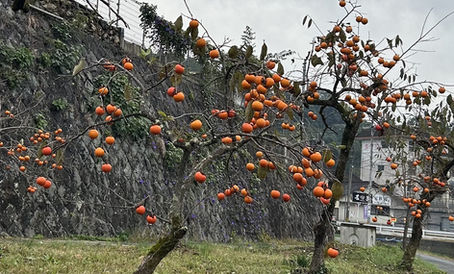“Suwano-chaya” teahouse in the Imperial Palace East Garden was originally built in the Fukiage Garden in 1912.
- Masahisa Takaki

- Apr 6, 2024
- 1 min read
Updated: Oct 13, 2024
This teahouse stands in the Ninomaru Japanese Garden in the Imperial Palace East Garden in Tokyo. This is named after a simple teahouse in the Fukiage Garden built by the 11th Tokugawa Shogun, Ienari, in the first half of the 19th century. Thereafter, the Emperor Meiji in Kyoto moved to Tokyo in the last half of the 19th century. Edo Castle became his new imperial palace, and he built a graceful teahouse as his rest station in the Fukiage Garden. This was the original Suwano-chaya. The entire area of the Imperial Palace, old Edo Castle, was exclusively used by the Emperor since though, the authorities decided to open the main part of old Edo Castle, Honmaru and Ninomaru, to the public from 1968. These parts were the most important closures of old Edo Castle, where the successive shoguns and their families lived and controlled all the daimyo feudal lords across the country through their central government.
Prior to the opening of the area, Suwano-chaya teahouse was moved here from the original place as a part of full-scale maintenance work. Compared to the traditional teahouses commonly seen in Kyoto, this is large and is not humble though, its Japanese style exterior design blends well with the atmosphere of the Ninomaru Japanese Garden.







Comments